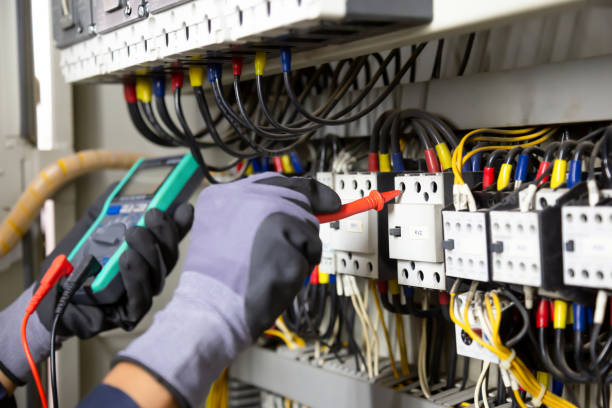
Electrical cord safety is more critical than ever in 2025. With homes increasingly filled with smart devices, high-powered appliances, and remote work setups, the risk of electrical fires and injuries has never been higher. According to recent safety reports, thousands of house fires each year are caused by faulty or misused cords, making this a must-read guide for every homeowner.
Why Electrical Cord Safety Matters in 2025
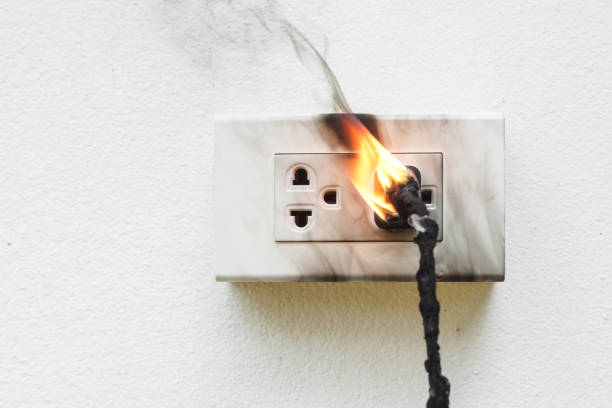
The Modern Home: More Devices, More Risk
Today’s homes are packed with electronics—smart TVs, gaming consoles, computers, kitchen gadgets, and home automation hubs. This surge in devices puts more demand on electrical systems, increasing the risk of overloaded outlets and worn-out cords. The U.S. Consumer Product Safety Commission reports that over 4,000 people visit emergency rooms annually due to extension cord injuries, with around 50 deaths attributed to electrical fires caused by cords each year.
Recent Trends: Smart Homes and Fire Protection
The trend towards smart homes means more power-hungry devices plugged in simultaneously. New fire protection technologies, such as IoT-enabled sensors and fire-resistant cable coatings, are emerging, but the basics of cord safety remain unchanged: prevention starts with homeowners.
Top Electrical Cord Safety Tips for Homeowners
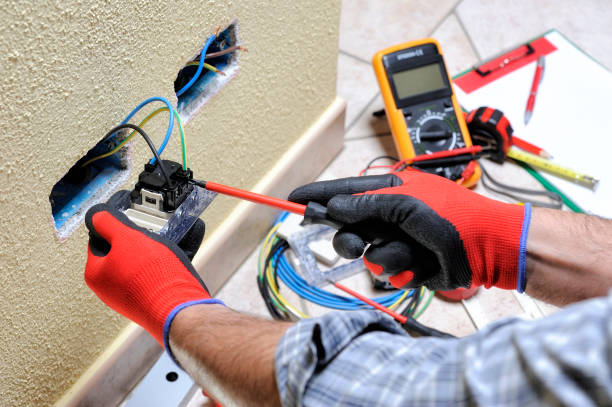
1. Inspect Cords Regularly
Before plugging in any device, check the cord for signs of wear, fraying, or damage. Even a small nick can expose wires, leading to shocks or fire hazards. Pay special attention to the ends near the plug, as these are most prone to damage from frequent bending.
2. Avoid Overloading Outlets and Extension Cords
Plugging too many devices into a single outlet or extension cord can cause overheating and fires. Always check the wattage rating of your cords and never exceed their capacity. Use three-prong extension cords for proper grounding and avoid daisy chaining multiple cords together.
3. Use Extension Cords Only as a Temporary Solution
Extension cords are not meant for permanent wiring. Using them long-term increases the risk of damage and fire. If you need more outlets, hire a licensed electrician to install them safely.
4. Secure and Route Cords Safely
Keep cords away from walkways and high-traffic areas to prevent tripping and damage. Never run cords under rugs or carpets, as heat can build up and cause a fire. Use cord organizers or cable ties to keep cords flush against walls or furniture.
5. Keep Cords Dry and Away from Water
Water and electricity are a deadly combination. Ensure all cords are kept away from sinks, bathtubs, and other sources of moisture. If you must use a cord outdoors, make sure it is rated for outdoor use and weather-resistant.
6. Unplug Appliances When Not in Use
Unplugging devices when they’re not needed reduces the risk of electrical faults and saves energy. Always pull the plug head, not the cord, to avoid damaging the wires inside.
7. Replace Damaged Cords Immediately
Never use a cord with exposed wires, frayed insulation, or loose connections. Replace damaged cords right away to prevent shocks and fires.
8. Use the Right Cord for the Job
Choose cords with the correct amperage and voltage ratings for your devices. Use heavy-duty cords for high-power appliances and ensure outdoor cords are weatherproof.
9. Follow Manufacturer Instructions
Always read and follow the safety instructions provided with your appliances and cords. This includes load capacity, environmental limits, and recommended maintenance
Common Electrical Cord Hazards to Watch For
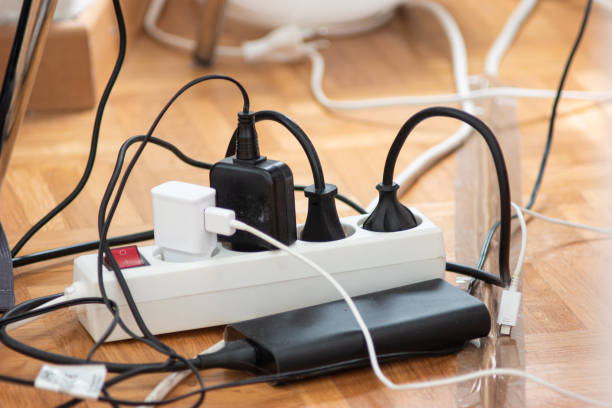
- Overheating: Cords that feel hot to the touch may be overloaded or damaged.
- Exposed Wires: Frayed or cracked insulation can expose live wires, causing shocks or fires.
- Daisy Chaining: Plugging multiple extension cords together increases the risk of overheating and fire.
- Improper Storage: Cords that are coiled tightly, kinked, or stored in damp areas can degrade quickly and become hazardous
People Also Ask: Frequently Asked Questions
How often should I inspect my electrical cords?
Check cords before each use and at least monthly for cords in regular use. Look for fraying, cracks, or exposed wires.
Is it safe to use extension cords for permanent wiring?
No, extension cords are designed for temporary use only. Permanent wiring should be installed by a licensed electrician.
What should I do if a cord feels hot?
Unplug it immediately and check for damage or overloading. Replace the cord if necessary.
Can I plug a power strip into an extension cord?
This is not recommended. Doing so can easily overload the circuit and increase fire risk.
Are smart plugs and surge protectors safer?
Smart plugs and surge protectors offer added safety features, but they must still be used correctly and not overloaded.
Real Examples and Case Studies
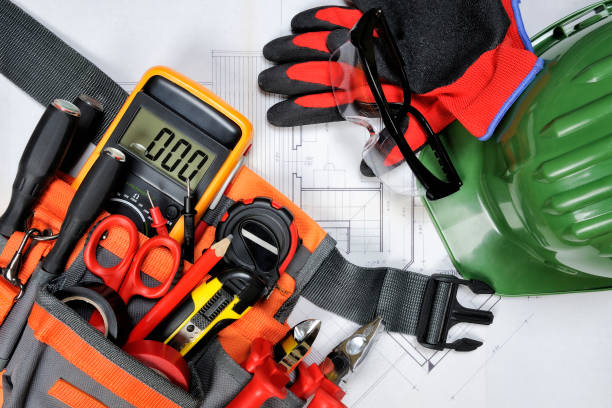
- Reddit User Experience: One homeowner shared on Reddit that using an extension cord for a space heater led to a melted plug and a near-miss fire. The cord wasn’t rated for the heater’s power draw, a common mistake that can have serious consequences.
- News Story: In 2024, a family’s home was damaged by fire after a frayed cord under a rug overheated. Investigators found the cord had been in use for several years and was hidden from view, allowing damage to go unnoticed.
- Workplace Incident: A small business suffered equipment loss when an overloaded power strip sparked a fire. Regular inspections and proper load management could have prevented the incident.
Conclusion
Electrical cord safety is a simple but vital part of protecting your home and family. By following these tips—regular inspections, avoiding overloads, proper cord use, and immediate replacement of damaged cords—you can significantly reduce the risk of electrical fires and injuries.
Take action today:
- Inspect your cords
- Replace damaged ones
- Avoid overloading outlets
- Use extension cords only when absolutely necessary
For more smart home safety tips, check out our resources at smarthomesbee.com and consider scheduling a professional electrical inspection for peace of mind.
Pingback: Smart Home Electrical Upgrades For Emergency First Aid Response - SmartElectricalHomeRenovation